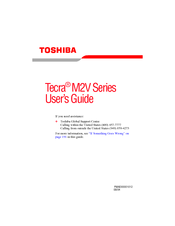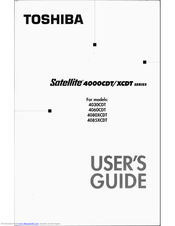Toshiba Satellite 4000CDT Manuals
Manuals and User Guides for Toshiba Satellite 4000CDT. We have 3 Toshiba Satellite 4000CDT manuals available for free PDF download: User Manual, Specifications
Advertisement
Toshiba Satellite 4000CDT Specifications (3 pages)
Toshiba Satellite 4000CDS: Specifications
Advertisement
Advertisement


